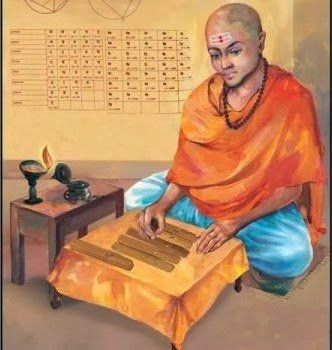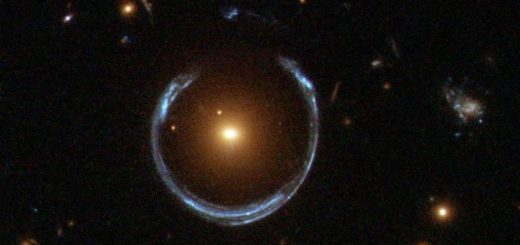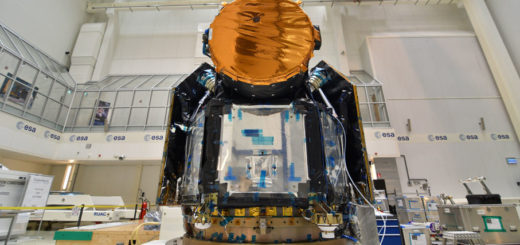Varahamihira: Indian Sage And One Of The Greatest Minds Of All Time
Varahamihira (505–587 CE) was an Indian astronomer, mathematician, and astrologer from Ujjain, which during the Gupta period (320 to 550 AD), was a flourishing center of learning with several schools of science, culture and art famous scholars from distant lands.

Varahamihira (also known as Varaha Mihira) is considered to be one of the Nine Gems (Navaratnas) of the court of legendary ancient ruler Yashodharman, who was famous in a central India, in the 6th century.
This man of genius was even more popular than his other contemporaries such as Aryabhata and Brahmagupta, the first of the major mathematician-astronomers from the classical age of Indian mathematics and Indian astronomy.
Varahamihira’s knowledge of Western astronomy was thorough but he was also very interested in astrology and horoscopes, and repeatedly emphasized their importance.
His father was a worshipper of the Sun god and it was he who taught Varahamihira astrology.
This great man was learned in the Vedas, but he was not any fanatical believer in the supernatural.
He was a scientist.
He declared that the earth was spherical. In the history of science he was the first to claim that some “force” might be keeping bodies stuck to the round earth.
This force is now called gravity. He proposed that the Moon and planets are lustrous not because of their own light but due to sunlight.
Varahamihira’s main work is the book “Five Treatises” (Pancha Siddhantika) on mathematical astronomy and one of the most important sources for the history of Hindu Astronomy from before the time of Aryabhata, the first of the major mathematician-astronomers from the classical age of Indian mathematics and Indian astronomy.
It was a compendium of Greek, Egyptian, Roman, and Indian astronomy, which also presents calculations based on Greek and Alexandrian reckoning and even giving complete Ptolemaic mathematical charts and tables.
Another contribution of Varahamihira is the encyclopedia Brihat-Samhita with 106 chapters that include many subjects planetary movements, eclipses, rainfall, clouds, growth of crops, various rituals and a special chapter dedicated to the treatment of plants.
The great scientist described a large number of comets and wrote over sixty couplets about comets.
He contributed with many crucial insights about universe, space and mathematics, especially trigonometry and advanced arithmetic; he was among the first scientists who discovered a version of what is now known as the Pascal’s triangle.
Of great value are also his achievements in the field of geology, hydrology and ecology.
Written by – A. Sutherland AncientPages.com Staff Writer
Copyright © AncientPages.com All rights reserved. This material may not be published, broadcast, rewritten or redistributed in whole or part without the express written permission of AncientPages.com



 Creators of mankind
Creators of mankind Description of “Tall white aliens”
Description of “Tall white aliens” Where they came from?
Where they came from? About hostile civilizations
About hostile civilizations The war for the Earth
The war for the Earth “Tall white aliens” about eternal life
“Tall white aliens” about eternal life Video: “Nordic aliens”
Video: “Nordic aliens” Aliens
Aliens Alien encounters
Alien encounters The aliens base
The aliens base UFO
UFO Technology UFO
Technology UFO Underground civilization
Underground civilization Ancient alien artifacts
Ancient alien artifacts Military and UFO
Military and UFO Mysteries and hypotheses
Mysteries and hypotheses Scientific facts
Scientific facts


















